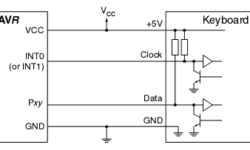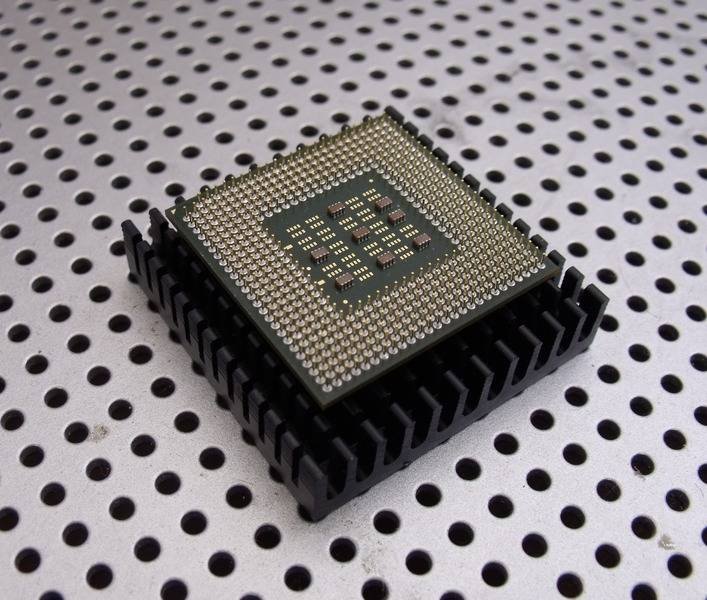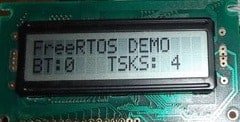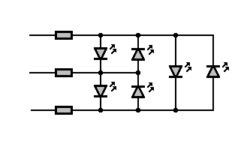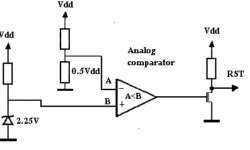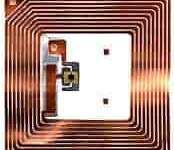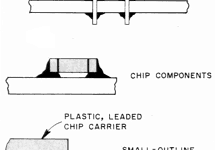USB powered power amplifier for your PC
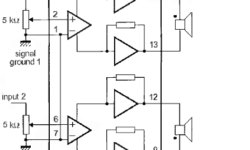
I faced this article when I was looking for a simple solution to increase the output of my PC’s integrated sound card. The sound level of it decreased, so I can’t normally listen to my headphones. So this article is about how to increase your PC sound card’s power by using a minimal amount of parts and a USB power supply. This might be a good solution for all of those who have a PC with an integrated sound card into the motherboard. The main problem is that the outputs of such sound cards are for active acoustic systems; this means that speakers must have a power amplifier built-in. If you decide to connect headphones sometimes, it might not be enough to provide the required sound level. If you are an electronics amateur, you can solve this very easily. You may build your simple power amplifier by using well known Philips operational amplifiers. Let’s say we use the TDA7053 amplifier. The TDA7053 is an integrated class-B stereo power amplifier in a 16-lead dual-in-line (DIL) plastic package, which requires a minimal amount of external parts. This is a straightforward solution for easy, quick, and quality design. One of the board solutions…



